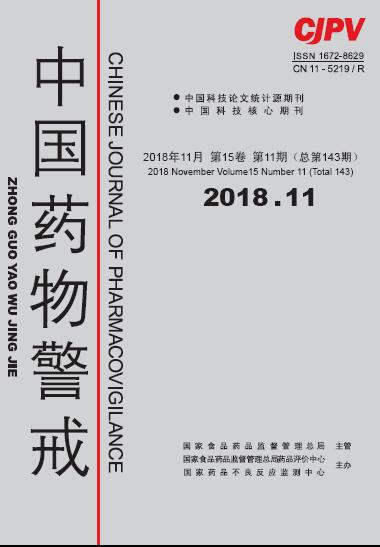|
|
Cardioprotective Mechanisms of Salvianolic Acid B Pretreatment against Myocardial Ischemia/Reperfusion Injury
XIA Yang, ZHANG Huijun, LI Qiang
2018, 15(11):
644-647.
Objective To investigate the effects of salvianolic acid B (Sal B) on rats with myocardial ischemia/reperfusion injury (MI/RI) and its mechanisms involved. Methods MI/RI model in SD rats was prepared by 30 min of coronary artery ligation and subsequent 2 hours of reperfusion. Rats were randomized into 4 groups (n=20): sham, model, Sal B low dose (10 mg·kg-1) and Sal B high dose (20 mg·kg-1). Before the modeling operation, Sal B was injected intraperitoneally once daily for 7 days. After the reperfusion, myocardial infarction area (MIA) in rats was examined by staining method, myeloperoxidase (MPO) activity in myocardial tissue was detected by chromatometry, levels of tumor necrosis factor-α (TNF-α) and interleukin-1β (IL-1β) in myocardial tissue were determined by ELISA and expression of intercellular cell adhesion molecule-1 (ICAM-1) in myocardial tissue was examined by immunohistochemistry. Results Comparing with model group (42.60%), MIAs in Sal B groups (20 and 10 mg·kg-1) were reduced to 35.93% and 37.21%, respectively (P <0.05). Comparing with model group (337.84 U·g-1), myocardial MPO activities in Sal B groups (20 and 10 mg·kg-1) were 201.63 and 213.77 U·g-1, respectively (P <0.01). Comparing with model group (71.06%), positive area percentages of myocardial ICAM-1 expression in Sal B groups (20 and 10 mg·kg-1) were 36.37% and 36.94%, respectively (P <0.01). Comparing with model group (238.21 pg·mL-1), myocardial TNF-α levels in Sal B groups (20 and 10 mg·kg-1) were 162.18 and 181.57 pg·mL-1, respectively (P <0.01). Comparing with model group (607.41 pg·mL-1), myocardial IL-1β levels in Sal B groups (20 and 10 mg·kg-1) were 395.13 and 399.04 pg·mL-1, respectively (P <0.05 or P <0.01). Conclusion Sal B pretreatment could protect MI/RI, its mechanisms may be related with inhibition of intercellular cell adhesion molecule expression and neutrophil infiltration, downregulation of inflammatory cytokines and improvement of inflammation.
References |
Related Articles |
Metrics
|
